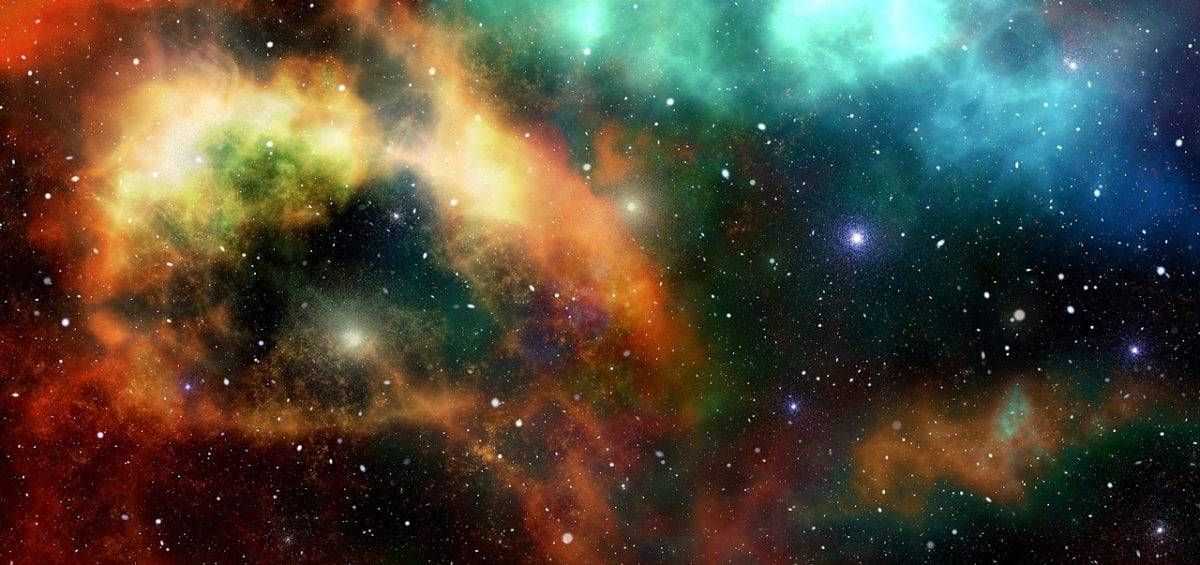
Tiny fossilised bacteria dating back 3.4 billion years could be the first evidence of life on Earth, say scientists.
The microscopic remnants open a window to when the planet was just over a billion years old and have survived temperatures of 300 degrees centigrade.
There was little oxygen and no ozone layer – so they were fuelled by minerals. This was long before photosynthesis which plants use to convert sunlight into energy.
The single celled organisms are believed to be the most primitive type of bacteria called prokaryotes.
This means they don’t even have a nucleus or other structures such as mitochondria in which the biochemical processes of respiration and energy production occur.
They were dug out of a rock formation known as Strelley Pool in Pilbara, Western Australia, five years ago.
Now scientists have declared they are possibly the world’s oldest microfossils after a chemical analysis identified characteristics similar to modern bacteria.
This all but confirms their “biological origin”, the international team told the Goldschmidt geochemistry conference in Boston.
Dr Julien Alleon, of the Massachusetts Institute of Technology, said: “There are a couple of important points which come out of this work.
“Firstly, we demonstrate that the elemental and molecular characteristics of these 3.4 billion year old microfossils are consistent with biological remains, slightly degraded by fossilisation processes.
“This effectively supports the biological origin of the Strelley Pool microfossils.
“Secondly, it is remarkable that these echoes of past life have survived the extreme conditions they have experienced over the last 3.4 billion years.
“We know from the molecular structure of the microfossils that they have been exposed to temperatures of up to 300 °C for long periods. And yet we are still able to see signs of their original chemistry.”
Added Dr Alleon: “This is a step forward to confirming that these are indeed the oldest fossils yet discovered.”
The study published in Geochemical Perspectives Letters shows the chemical residuals match those of younger bacterial fossils – and so are likely to have been laid down by early life forms.
There is some evidence life may have developed earlier, in rocks that are up to 4.1 billion years ago.
But this has yet to be confirmed as it has not been subjected to the same rigorous examination, and Earth was much hotter during this period.
Dr Alleon said: “There are competing claims over which microfossils are actually the world’s oldest. This analytical strategy needs to be applied to other ancient samples to help settle the controversy.”
His team analysed the Strelley Pool samples using a scanning technique called synchrotron-based X-ray absorption spectroscopy.
They then compared the results with more recent 1.9 billion year old fossils from Canada unearthed on the shores of Lake Superior, Ontario, and with modern bacteria.
All showed similar absorption features, indicating the residual chemicals were made from the same building blocks, supporting a biological origin.
Earth scientist Professor Vickie Bennett, of the Australian National University, Canberra, who was not involved in the study, described it as exciting and said it was “compelling evidence” the Strelley microfossils were evidence of life on ancient Earth.
She said: “This is in line with other observations for early life from the Strelley Pool rocks, including stromatolites interpreted as microbial mats, and further confirming that the minimum age for life on Earth is 3.4 billion years.”
But Prof Bennett added: “The techniques used here are not applicable to the older rocks that host the claims for the oldest terrestrial life, as these rocks were exposed to much higher temperatures.
“These samples include the 3.7 billion year old stromatolites from Isua, Greenland, and the 4.1 billion year old Canadian microfossils.
“However, this work shows how quickly the field is developing and that new capabilities for testing and confirming earlier evidence of life are in reach.”
Earth is believed to have formed about 4.6 billion years ago. Life only started after the planet had cooled down from its original molten state, developing a solid crust and oceans created from water vapour in the atmosphere.
Many scientists think these primordial seas gave rise to life with hot, mineral-rich volcanic vents acting as catalysts for chemical reactions across the surface of tiny water bubbles, which led to the first cell membranes such as prokaryotes.
Other bubbles are thought to have formed self-replicating substances by attracting chemicals from around them. Over time the two combined to produce energy-using, living cells.
As the numbers of these microscopic bacteria multiplied and supplies of their chemical fuel were eaten up, they sought out an alternative energy source.
New varieties began to harness the power of the sun through photosynthesis – a move that would ultimately lead to simple plants and which opened the planet up to animal life.
https://www.thelondoneconomic.com/entertainment/how-would-you-power-the-doctors-tardis/14/09/